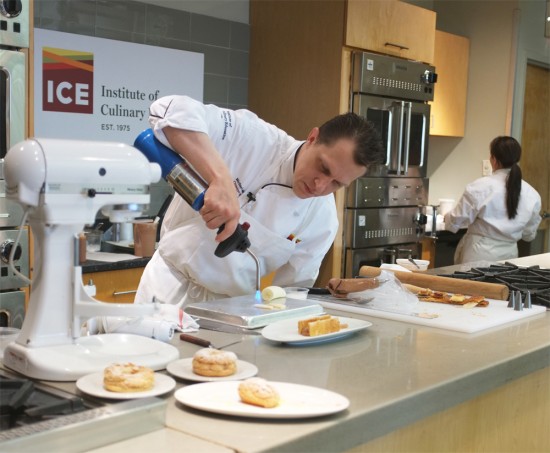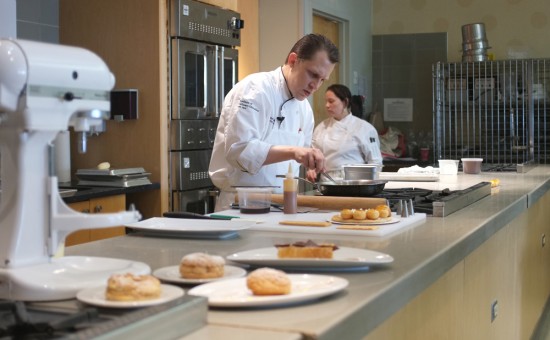Revisiting Classic French Pastry
Since the very beginning of my career as a pastry chef, I have always tried to keep one foot in the classics, while simultaneously pursuing new techniques and flavor combinations.
While there are certainly a number of pastry chefs who have legitimately invented new techniques, I’m not one of them. If I had to apply a label to what I do, it might be ‘new’ or ‘inventive’ interpretations of classics—embracing the challenge of pushing ideas through my own filter and perspective. As time has progressed, I'd like to think my desserts have continued to become more mature, refined, and to the point. At the end of the day, all that matters is taste.

Lately, I’ve enjoyed returning back to "basics" but viewing them through a "modernist" lens. My process is an effort to rework and better understand the building blocks of pastry by focusing on the technique—refining processes, while simultaneously introducing newer ideas, ingredients, and techniques. The concept of ‘traditional’ or classic’ must be elastic and allow for new ideas to be incorporated into the ever expanding and evolving canon of fundamentals.
With something like pâte à choux or puff pastry, most cooks learn one recipe as a student or apprentice and stick with it their entire career; they take it for granted as a mere vehicle for something else if they even know how to make it all. I’ve been looking to better understand the mechanics of "basics" like choux, to refine the recipe and techniques. In part, the goal is to maximize quality and consistency, but we can also use such methods to demonstrate the logistics of production, something that pastry students tend to overlook until they enter the workforce.

Another of my priorities is to introduce and explain more of the underlying science of what we do as pastry chefs. It’s important to understand the basic composition, structure, and function of our ingredients, and I believe it should be taught early. Basic preparations such as simple dough, caramel or pastry cream can be a path toward understanding the complex interactions of ingredients and techniques—an understanding that ultimately leads to being a better, more informed cook.

Whether following a strict approach or applying an inventive twist to these classics, I like to emphasize not only proper technique and attention to detail but also the idea that pastry chefs must also think like architects. We need to move beyond external appearance and consider how we layer flavors and textures, the proportion and position of each component, and most importantly, how those elements are eaten and experienced by the client. And because young cooks tend to think ‘more is more’, revisiting the basics can help introduce the idea of restraint and minimal, concise presentation. In the early stages of creation, we tend to add to a dish, but it's the point at which we begin to subtract elements that some degree of ‘essence’ is revealed.
To register for future pastry classes with Chef Laiskonis, click here.


Add new comment